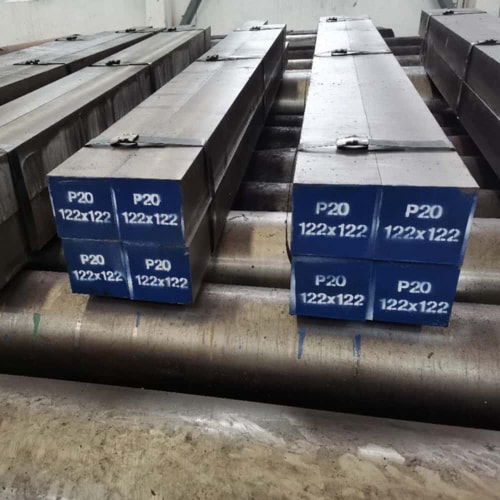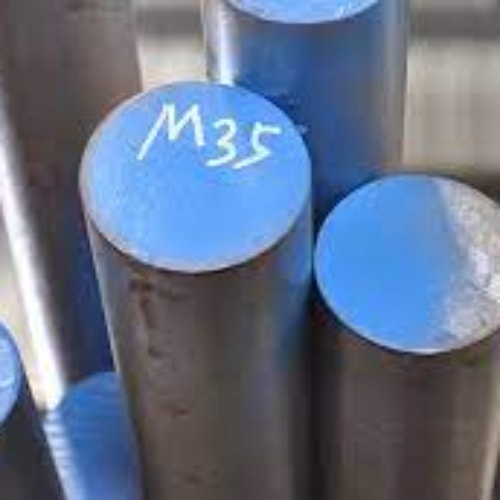Introduction

Injection mold steel is the backbone of the plastics manufacturing industry. This specialized steel alloy is engineered to withstand the extreme pressures and temperatures involved in the injection molding process. The choice of injection mold steel directly impacts the quality, durability, and efficiency of the molded parts. In this comprehensive guide, we will delve into the world of injection steel, exploring its properties, types, applications, and selection criteria.
Understanding Injection Mold Steel
Injection mold steel is a type of tool steel that possesses exceptional hardness, wear resistance, and toughness. These properties enable it to maintain dimensional accuracy and produce high-quality plastic parts over numerous molding cycles. The steel is carefully selected based on factors such as the complexity of the part, the type of plastic being molded, and the desired production volume.
Types of Injection Mold Steel
A variety of injection mold steels are available, each with its unique characteristics and applications. Some of the most common types include:
- H13: A general-purpose tool steel known for its excellent wear resistance and toughness. It is widely used for a wide range of applications.
- P20: A pre-hardened tool steel that offers good machinability and polishability. It is often used for smaller molds and prototype parts.
- 420: A martensitic stainless steel that provides corrosion resistance and good wear resistance. It is suitable for molding corrosive plastics.
- S7: A high-carbon, high-chromium tool steel with excellent wear resistance and toughness. It is used for large, complex molds.
Properties of Injection Mold Steel
The following properties are crucial for injection steel:
- Hardness: A measure of the steel’s resistance to indentation.
- Wear resistance: The ability of the steel to resist abrasion and wear.
- Toughness: The steel’s ability to absorb energy without fracturing.
- Machinability: The ease with which the steel can be machined.
- Polishability: The ability of the steel to achieve a smooth, mirror-like finish.
Applications of Injection Mold Steel
Injection mold steel finds applications in a wide range of industries, including:
- Automotive: Manufacturing of automotive components such as dashboards, door panels, and bumpers.
- Electronics: Production of electronic enclosures, connectors, and housings.
- Medical: Creation of medical devices, implants, and packaging.
- Consumer goods: Manufacturing of toys, household appliances, and consumer electronics.
Selection Criteria for Injection Mold Steel
The selection of the appropriate injection steel depends on several factors:
- Part complexity: Complex parts may require steels with higher hardness and toughness.
- Plastic type: The type of plastic being molded will influence the required properties of the steel.
- Production volume: High-volume production may necessitate steels with better wear resistance.
- Cycle time: Shorter cycle times may require steels with better thermal conductivity.
- Cost: The cost of the steel is an important consideration, especially for low-volume production.
Comparison of Common Injection Mold Steels
| Steel Grade | Hardness (HRC) | Wear Resistance | Toughness | Machinability | Polishability | Applications |
|---|---|---|---|---|---|---|
| H13 | 50-55 | Excellent | Good | Good | Good | General purpose, large molds |
| P20 | 30-35 | Good | Good | Excellent | Excellent | Small molds, prototypes |
| 420 | 50-55 | Good | Good | Good | Good | Corrosive plastics |
| S7 | 60-65 | Excellent | Excellent | Fair | Good | Large, complex molds |
Heat Treatment and Surface Treatments

Heat treatment and surface treatments play a crucial role in enhancing the properties of injection mold steel. These processes can improve hardness, wear resistance, and corrosion resistance. Common heat treatments include quenching and tempering, while surface treatments such as nitriding and carburizing can enhance the wear resistance of the steel’s surface.
Conclusion
Injection mold steel is a critical component in the plastics manufacturing industry. The choice of steel significantly impacts the quality, durability, and cost-effectiveness of molded parts. By understanding the properties, types, and applications of mold steel, manufacturers can make informed decisions to optimize their production processes.
FAQ
Q: What is the difference between H13 and P20 steel?
A: H13 is a general-purpose tool steel known for its excellent wear resistance and toughness, while P20 is a pre-hardened tool steel that offers good machinability and polishability.
Q: How is injection mold steel hardened?
A: Injection mold steel is hardened through a process called heat treatment, which involves heating the steel to a specific temperature and then rapidly cooling it, often in a quenching medium like oil or water. This process transforms the steel’s microstructure, increasing its hardness and strength.
Q: Can injection mold steel be recycled?
A: Yes, injection mold steel can be recycled. Once a mold has reached the end of its useful life, it can be melted down and re-formed into new steel products, reducing waste and conserving resources.

